
© Paul Kolnik. (Click image for larger version)
Suzanne Farrell Ballet website
Latest Kennedy Center season: Oct 30 – Nov 1, 2015
DanceTabs interview from 2012
“Nothing in life prepares you for being an ex-ballerina,” assures Suzanne Farrell, one of the most celebrated dancers of the 20th century and the legendary muse of George Balanchine. Yet since her retirement from New York City Ballet in 1989 at the age of 44, after a nearly 30-year-long illustrious dancing career, Farrell has embraced and redefined the life of an ex-ballerina like no one else.
She dedicated her post-dancing career to promoting and preserving the memory and legacy of Balanchine, staging and coaching his works for ballet companies around the world. For the past 15 years she has been running her own company, The Suzanne Farrell Ballet (TSFB), a unique enterprise housed and sponsored by the Kennedy Center. The troupe’s annual performances never fail to bring new discoveries and insights into the choreographic heritage of the great ballet master.
A leading interpreter of Balanchine’s style, Farrell is also a dedicated and brilliant teacher who guides and inspires the new generation of dancers. For 23 years, she has been teaching a summer intensive program, “Exploring Ballet with Suzanne Farrell” (EBSF). This three-week full-time workshop, conducted at the Kennedy Center in August, brings in Washington D.C. young dancers ages 14-18, selected from nationwide auditions, who aspire to perfect their craft and hone their skills under the tutelage of the famous Balanchine ballerina. In the course of the program, the class of about 30 students takes two technique classes a day with Farrell. Because of the group’s small size, each student receives thorough individual attention.
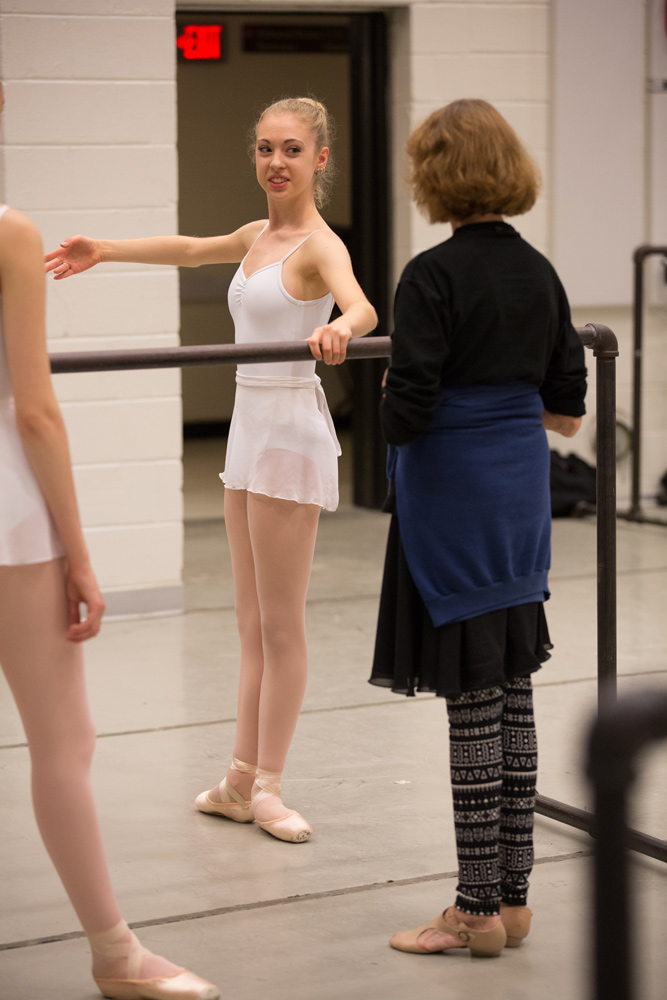
© Rosalie O’Connor. (Click image for larger version)
I was fortunate to observe one of the EBSF classes this summer. Watching Farrell in action was an unforgettable experience, I was immensely impressed with the transcendent yet collaborative atmosphere in the studio, with Farrell’s perceptive and affectionate style of teaching, and with the way she communicated with the participants – kindly, respectfully and reassuringly.. I was equally surprised and delighted with the fact that there was a shared conversation between the teacher and her students during the entire class. “It’s like a big experimental lab,” was the apt description of the unique atmosphere of Farrell’s classes Elisabeth Holowchuk, EBSF alumna and former TSFB dancer.
A few days after observing the class, I talked with Ms. Farrell about her summer program, her approach to teaching aspiring ballet dancers, her studies and work with George Balanchine and also about the new season of the Suzanne Farrell Ballet.
Why is this program important to you? Now that you have your own company, why do you still work with pre-professional dancers?
Before 1993 there was no ballet education program at the Kennedy Center. It was James Wolfensohn, the chairman at that time, who asked me if I would be interested in starting a dance program here. It started out with just a weekend in January for local students and it proved very successful, so the next year we did two weekends in January. Since this program was done under the educational umbrella of the Kennedy Center, there was demand for more. So I said that I could come in the summer and we could have a summer program; that was the beginning of EBSF. Then we eventually had auditions around the country and even around the world. It became a very popular program.
Teaching extends my dance life and it helps me with my company. Ballet was good to me. I had the opportunity to study and to become the dancer I could become. So now it’s important for me to teach the young dancers – the future of ballet – and certainly it’s important for them to learn about Mr. Balanchine.
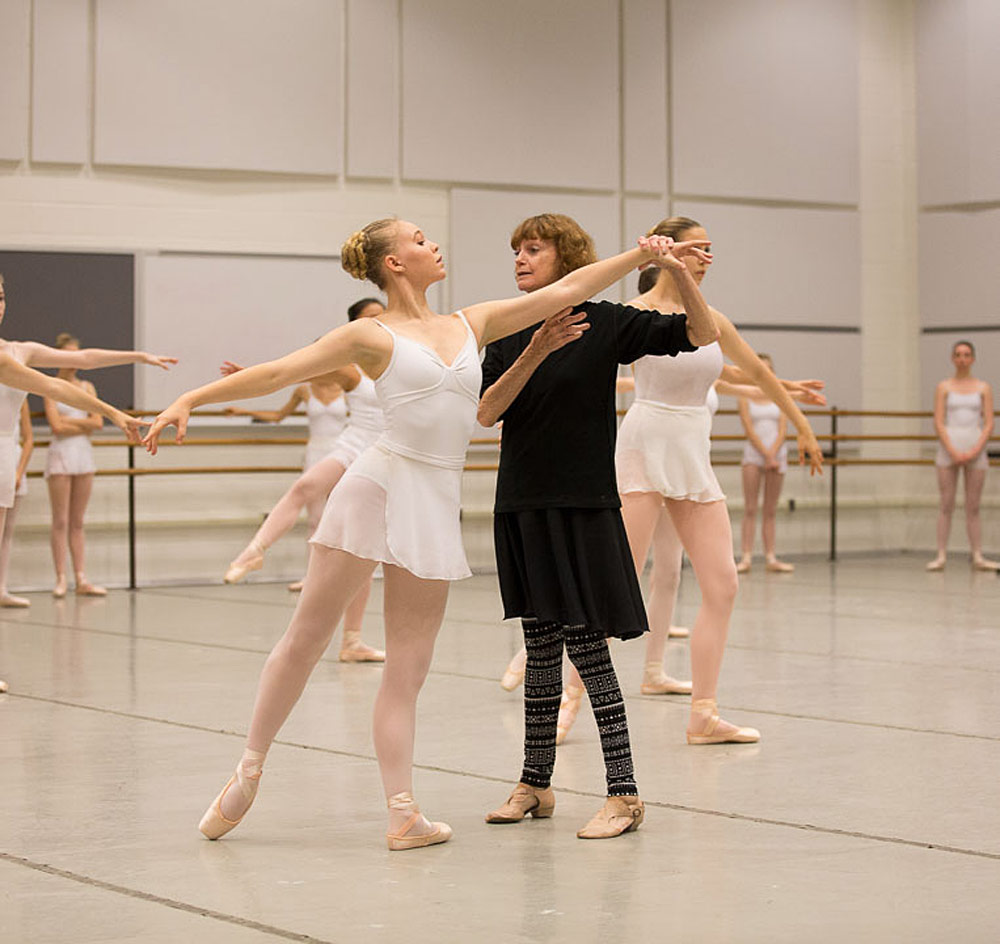
© Rosalie O’Connor. (Click image for larger version)
What qualities do you look for in your students when they audition for this program?
I look for their willingness to explore. The dancers always want to dance correctly, but you can be correct but be not interesting, so I want my students to find different facets of movement. I want them to discover how music can make them move differently and how not to be just text-book dancers. I often take EBSF participants to the National Gallery of Art because I want them to see how artists use color and texture and perspective in different ways to make paintings come alive. I want the dancers to see art in a different way, so they can enhance their own dancing through different art forms. Sometimes I ask my students to choreograph a little piece on a sculpture or painting that impressed them so I can find out more about their individualities.
During the auditions you don’t eliminate participants but let everyone finish the whole class.
Yes, because, first of all, you should be kind. Some students may not be chosen the first time, but because they have experienced the class they have information. If they want to study with me, they can learn and improve during the year and audition again. Frequently they get accepted the next time. You cannot improve if you don’t have information and you cannot get it from a book.
Please tell me about your teaching philosophy. On what aspects of ballet training do you concentrate the most during this program?
I concentrate on what my students need. If the class has 35 participants, you have to teach them 35 different ways, because they all process the information differently. We work on many things, but sometimes during a class we can concentrate on just one particular step.
I remember when I was a student at the School of American Ballet, Mr. Balanchine taught a class. We started with pliés. Clearly he didn’t like how we plié-ed, so he spent half an hour teaching us how to do it properly.
So I focus on what my students need to strengthen. I also work with them on épaulement – how to use their head, neck, shoulders, and arms. For me, it really is style. It’s not how many pirouettes one can do, or how high the leg goes. How you move is what really defines your style.

© Rosalie O’Connor. (Click image for larger version)
Let’s talk for a moment about Mr. Balanchine. You took his classes as a student at SAB and then as a member of NYCB. What was special about Mr. Balanchine as a teacher? What in his classes did you value most?
When New York City Ballet moved from the City Center to the State Theater at the Lincoln Center, the new stage was twice the size of the old one. Mr. Balanchine couldn’t add more music and more steps to his ballets, so we had to learn how to cover more territory and move bigger. His classes started reflecting that and everything changed. That was, I think, the beginning of his teaching revolution. His classes were demanding, but they were meant to keep us challenged. After you danced for many years you’d assume that you know how to dance, but are you still interesting to the audience? Does dancing still give you satisfaction? Are you still creative?
During his classes he gave us a lot of analogies, and I also give analogies to my students. It’s easier to understand what a movement requires when you have a visual analogy instead of giving the students only technical corrections. It’s also a more positive way of teaching instead of just saying to someone, “you are wrong; this is how it should be done.”
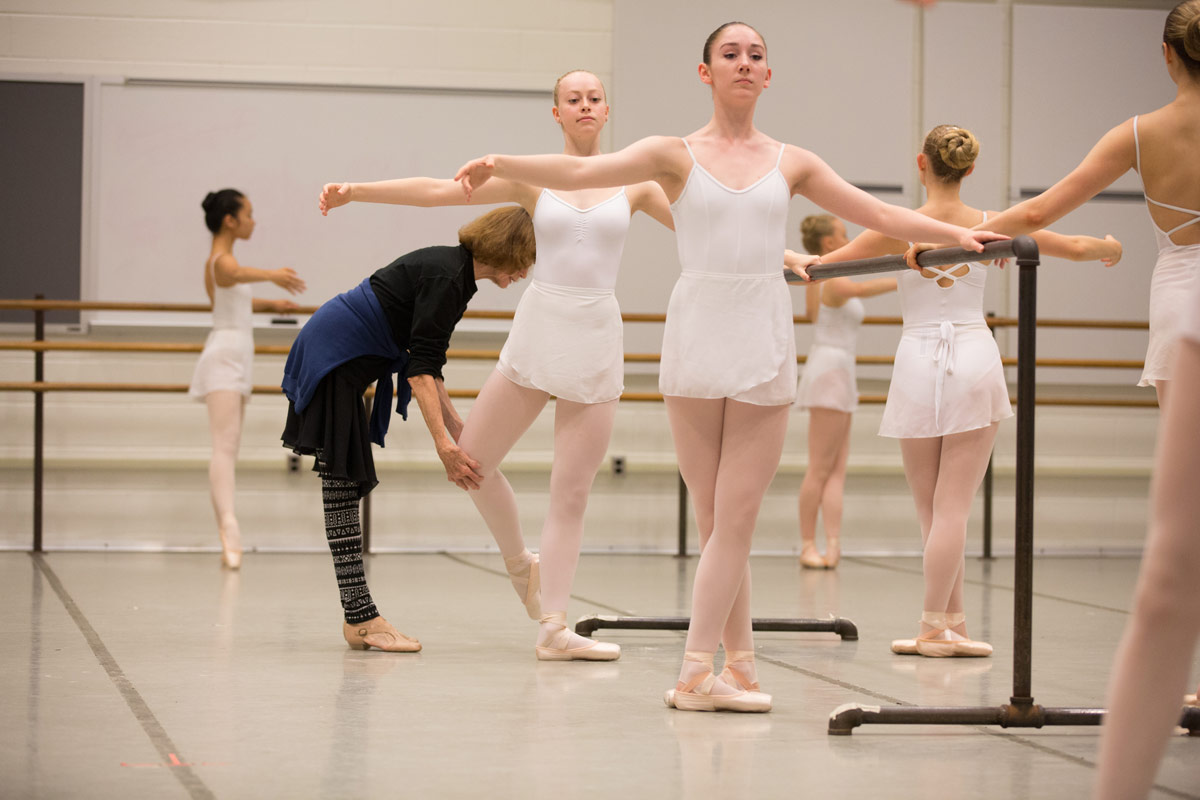
© Rosalie O’Connor. (Click image for larger version)
I noticed that during class you correct the positions of the arms and legs of your students, but you also ask them questions. Why is student-teacher communication important?
Ballet is a silent profession. We don’t talk. The dancers are very disciplined and willing to do everything their teachers or choreographers want them to do, but they rarely say anything. So I ask my students questions because I want to give them a voice. Saying something out loud helps them to process information better. Speaking reinforces their understanding of what the body needs to do and what the movements need to look like.
I read that many dancers considered Mr. Balanchine’s classes impossibly difficult. Do you agree? How technically difficult are your classes in this program?
You could say Mr. Balanchine’s classes were difficult or you could say they were like an adventure. I prefer to say that they were exciting rather than difficult – they kept you interested. When he taught his class he was trying to find out more about us. The more you gave in class, the more information about you he would get. It was a back-and-forth process.
You could say my classes are difficult. I want to see what my students are capable of, and they like the challenge. They are not getting penalized for making mistakes. If they are not doing something correctly, I say, ‘well, we will explore this again during the next class.’

© Paul Kolnik. (Click image for larger version)
You once said that everything you knew about dancing Balanchine was what you learned in his classes.
I made that statement because we eventually became close and he made ballets for me, but he didn’t teach me any differently than he taught everyone else in his classes. It wasn’t that he whispered something different in my ear. Everything I learned, I learned in his class. His classes were not meant to wake you up in the morning or to feed your ego; he didn’t give you complements. It was to make you a better dancer.
Did Mr. Balanchine influence your teaching? Do you use his teaching methods in your classes?
I do, but I also have my own ideas about teaching. Nothing stays in the same place – it’s always a process. You cannot just quote him and expect that it would make any sense. It’s his energy (he was all about energy) and his philosophy and his respect for music – all of that made Mr. Balanchine, not only his steps. When I quote Mr. B – and I don’t do it very often – I do it when the moment sort of dictates it.
In the course of these three weeks what are the main goals you want to achieve with your students? What can a participant hope to gain from the experience?
I want them to reach their potential and discover all the other possibilities and ways of moving beyond just arabesques. When you are young, you are easily impressed with all the technical tricks: how many turns you can do and all other things. It’s all necessary to an extent because the technique has gotten that way, but that’s not really dancing – that’s not really moving. I want them to be interesting. At the moment you walk onstage, before you even show the audience what you can do as a dancer, you have to make them to want to look at you. As you get older, the first thing that leaves you is technique. So you have to be interesting even when you are not dancing.
What advice can you give aspiring dancers today?
I tell my students that they have to be willing to be different and try to go beyond their comfort zone. Mr. B frequently asked me, when he did new ballets, “is this possible?” And I’d say, “Well, let me try.” You have to be willing to try, and not be concerned about making a mistake or falling down. You can always go back and practice; and if something is not possible today, it might be possible tomorrow. But if you don’t try – you will never succeed.
In less than a month your company, The Suzanne Farrell Ballet, will be performing at the Kennedy Center Opera House. Please tell me about the new season.
We are presenting two company premiers. The first one is Walpurgisnacht Ballet to Gounod music. It was choreographed by Mr. Balanchine for a gala in New York; but because it was very successful with the audience, it went into the repertory. Walpurgisnacht is a very dancy and energetic ballet. It’s not based on the Faust theme, but it evokes a lot of the drama that occurs in the story.

© Rosalie O’Connor. (Click image for larger version)
For the 450th anniversary of William Shakespeare’s birth, we are doing the second act’s pas de deux from Mr. Balanchine’s A Midsummer Night’s Dream. It’s an exquisite, very quiet, deceptively simple and incredibly moving piece to Mendelssohn music. It’s an expression of love in the most beautiful form. We are also doing Maurice Béjart’s Scène d’Amour from his Romeo and Juliet to Berlioz music, which is a more tragic interpretation of love.
We will close the program with another company premier, Emeralds, from Mr. Balanchine’s Jewels. Historically, Emeralds is performed first, then Rubies and then Diamonds. All of these ballets can be done separately and all of them have been done separately. But I believe seeing Emeralds at the end of the program instead of at the beginning will allow those who are familiar with this ballet perceive it in a different powerful way. I think it will be a very vibrant program, with a lot of visual color, different styles of movement and a nice emotional contrast.
Thank you. I am looking forward to the new season and wishing you and the company all the best.
Thank you very much.






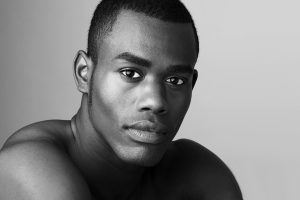
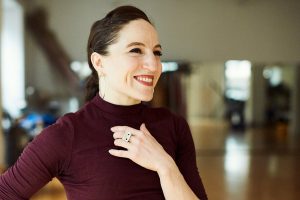



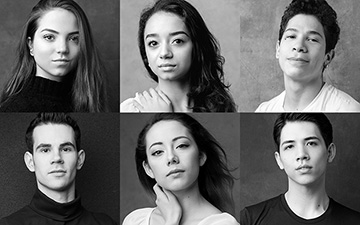


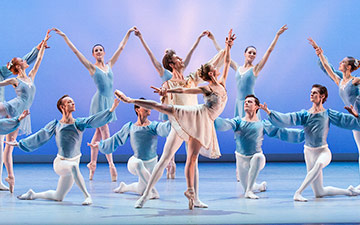
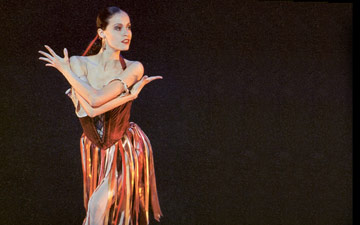

You must be logged in to post a comment.